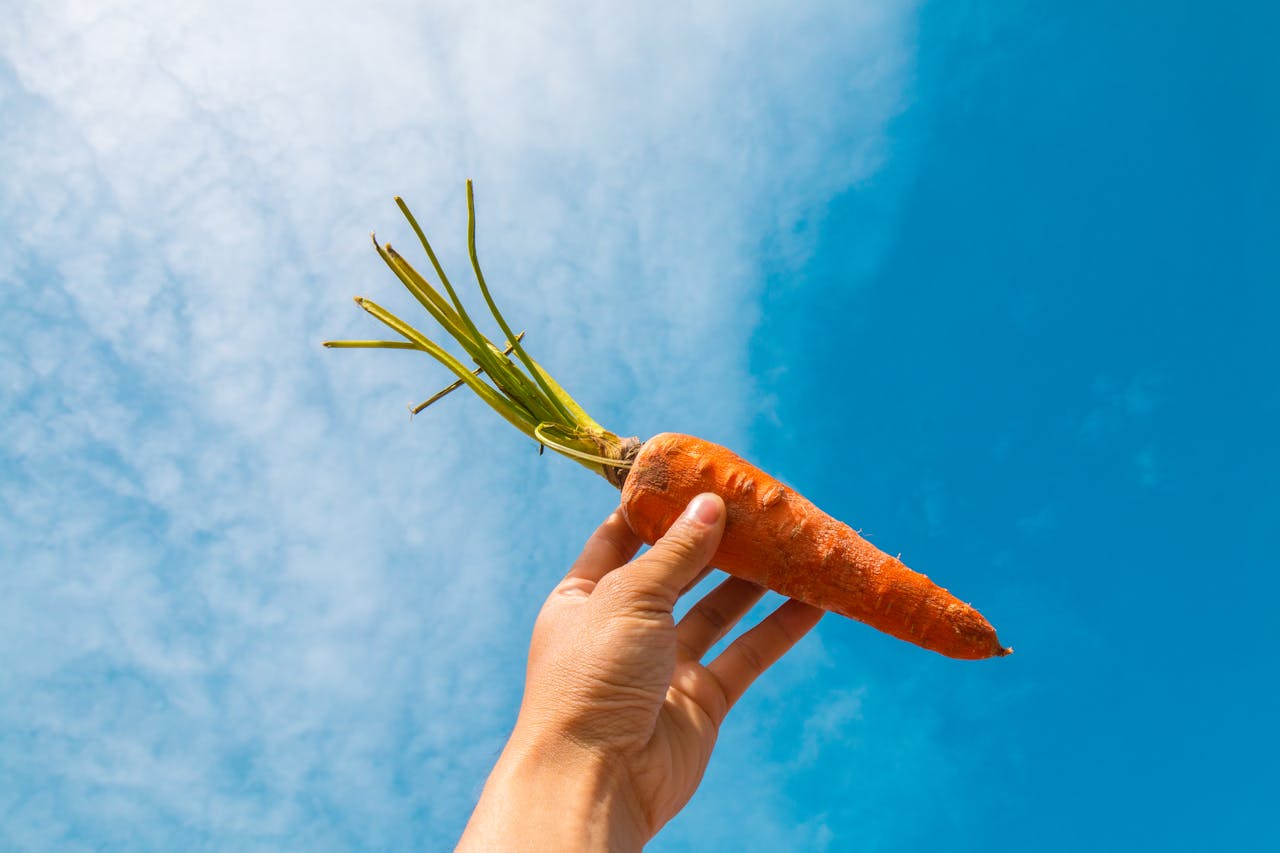A cartouche, often referred to as a “false lid,” is a simple yet versatile tool in the kitchen, particularly useful in various cooking techniques that require precise control over heat and moisture. Here’s a detailed guide on how to make and use a cartouche, along with its numerous culinary applications.
What is a Cartouche?
A cartouche is essentially a piece of baking or parchment paper cut into a circular shape. It is designed to sit directly on the surface of a sauce, soup, or other liquid, serving as a substitute for a traditional metal lid. This technique is rooted in French cuisine and is highly valued for its ability to maintain even cooking and prevent unwanted skin formation on the surface of dishes[2][3][5].
How to Make a Cartouche
Creating a cartouche is straightforward and requires just a few simple steps:
- Cut a Square of Parchment Paper: Start with a square piece of parchment paper that is slightly larger than the diameter of your saucepan or cooking vessel.
- Fold the Paper: Fold the paper in half diagonally to create a triangle, and then fold it in half again, joining the opposite corners. Repeat this process one more time.
- Cut Off the Ends: Cut off both ends of the folded triangle to create a circular shape when unfolded.
- Unfold the Paper: Unfold the paper to reveal a circular shape with a small hole in the center. This hole allows steam to escape while cooking[4][5].
Uses of a Cartouche
A cartouche is incredibly versatile and can be used in a variety of cooking methods:
Preventing Skin Formation
One of the primary uses of a cartouche is to prevent a skin from forming on the surface of sauces, soups, and other liquids. By covering the surface directly, it keeps the ingredients submerged and reduces evaporation, ensuring a smooth texture[1][3][5].
Even Cooking
Unlike metal lids, which can trap heat and steam unevenly, a cartouche allows small amounts of steam to seep out through its edges. This results in consistently cooked food, especially beneficial for dishes like glazed carrots, stews, and braises[2][3].
Poaching and Simmering
Cartouches are ideal for poaching and simmering techniques. They help maintain a steady temperature and prevent the liquid from evaporating too quickly, ensuring that the food remains moist and evenly cooked[2][3].
Baking and Oven Use
Cartouches can also be used in oven cooking. For example, you can use two cartouches – one at the bottom of the pan and one on top – to cook dishes like baked apples or braised meats evenly[2].
Pickling
In pickling, a cartouche helps keep vegetables submerged in the pickling liquid, ensuring they are evenly pickled and preventing them from coming into contact with air[1].
Tips and Considerations
- Venting: The small hole in the center of the cartouche allows steam to escape, which is crucial for maintaining a steady temperature and preventing the buildup of excess moisture[3][5].
- Avoid Boiling: Cartouches are not suitable for boiling, as they can hinder the rapid reduction of moisture needed in such cooking methods[3].
- Ease of Use: Cartouches are a convenient substitute for metal lids, especially when you don’t have a lid or need to cook multiple dishes simultaneously. They also reduce the number of dishes to wash after cooking[3].
Most Important Facts About Cartouche Cooking
- Definition: A cartouche is a circular piece of parchment paper used as a lid to cover sauces, soups, and other liquids.
- Prevents Skin Formation: It prevents a skin from forming on the surface of sauces and soups.
- Even Cooking: It allows for even distribution of heat and steam, resulting in consistently cooked food.
- Versatile Use: It can be used in various cooking techniques such as poaching, simmering, braising, and oven cooking.
- Easy to Make: It is simple to create using parchment paper and basic folding techniques.
- Venting: The small hole in the center allows steam to escape, maintaining a steady temperature.
- Limitations: It is not suitable for boiling or rapid reduction of moisture.
By incorporating a cartouche into your cooking repertoire, you can achieve more precise control over your dishes, ensuring they are cooked evenly and maintain their desired texture.





